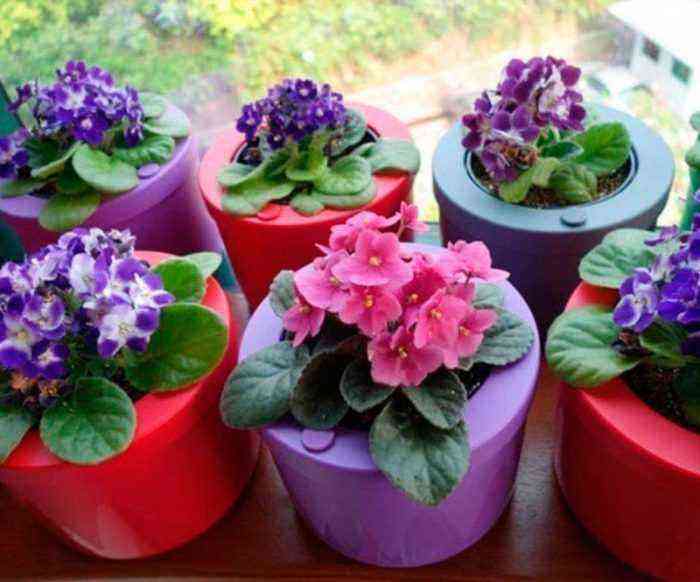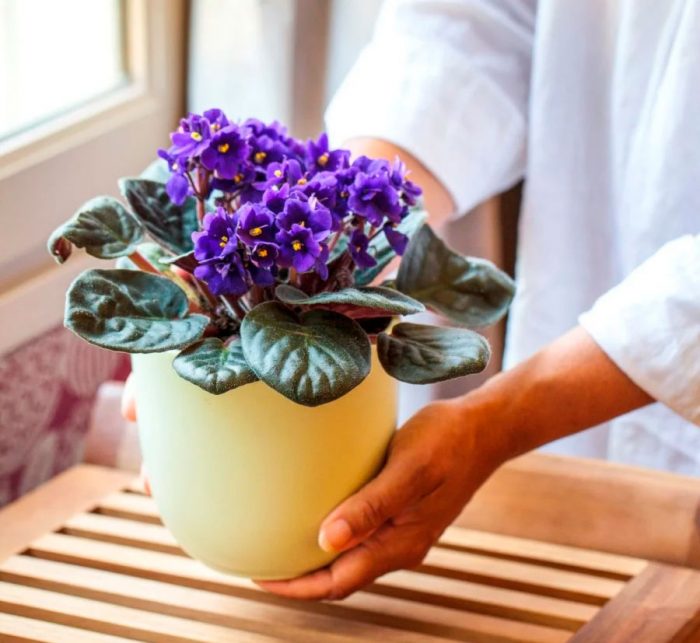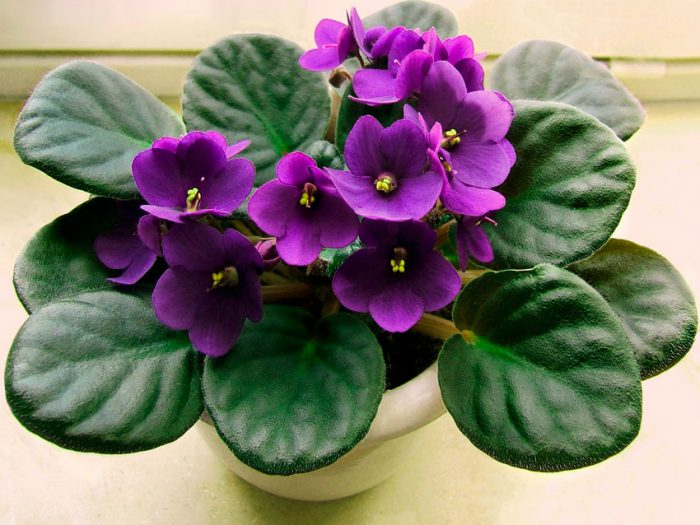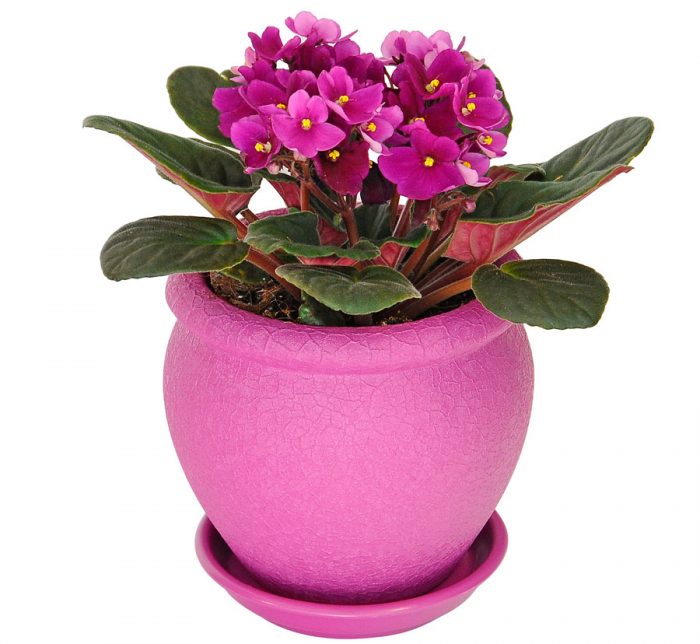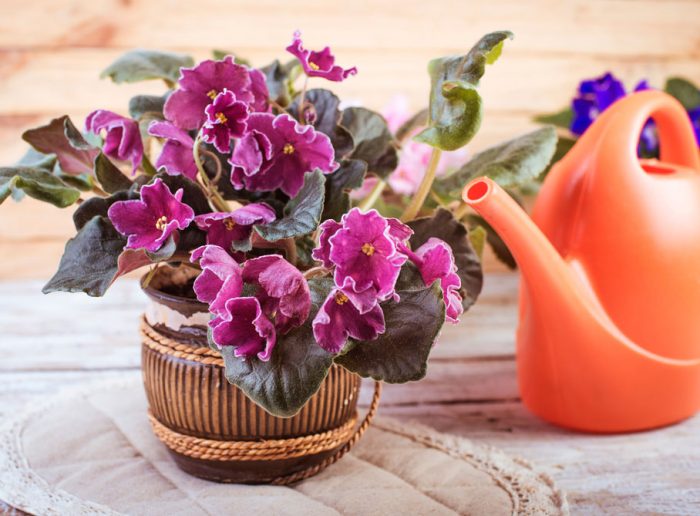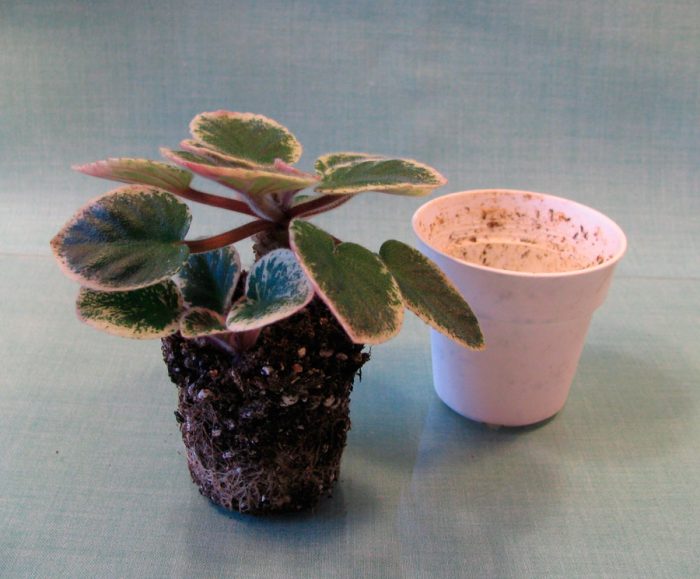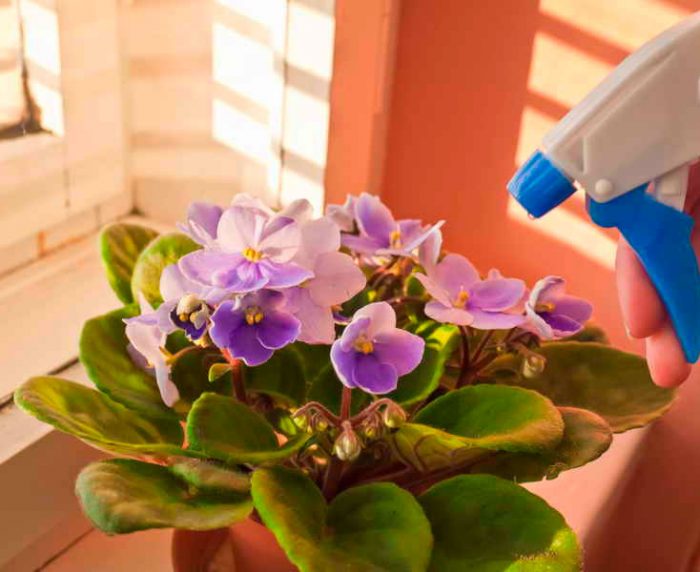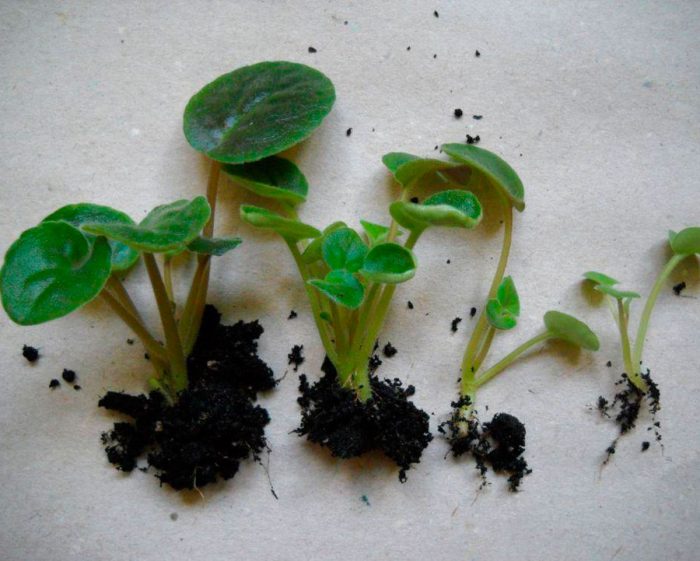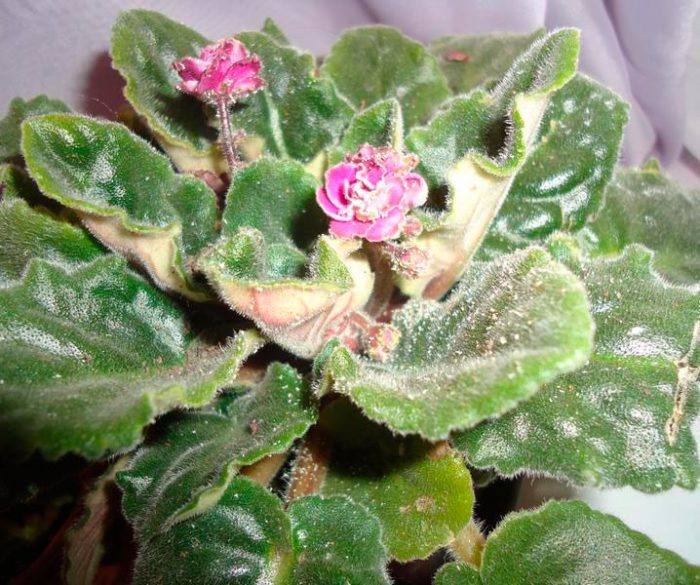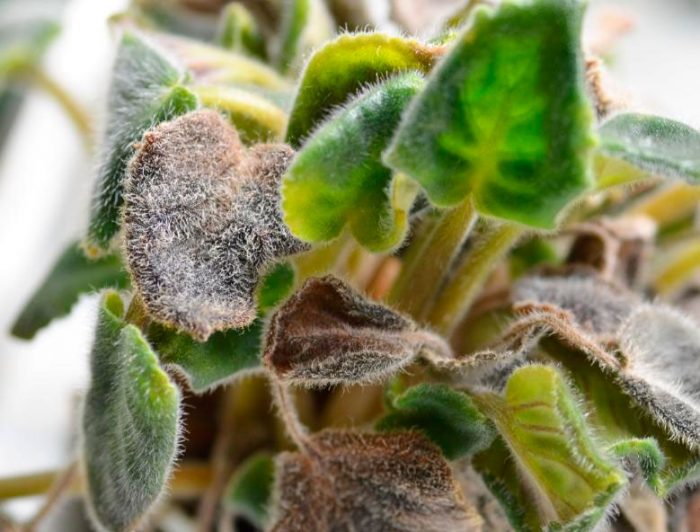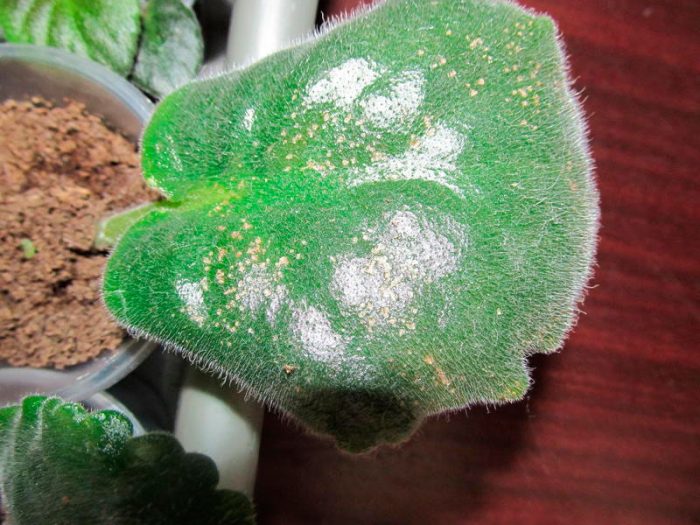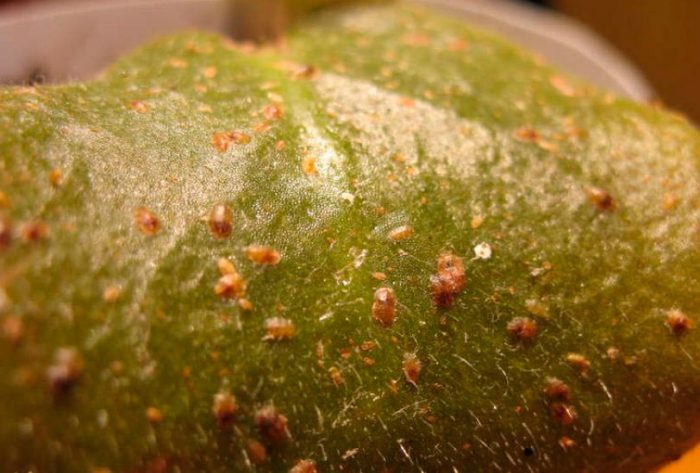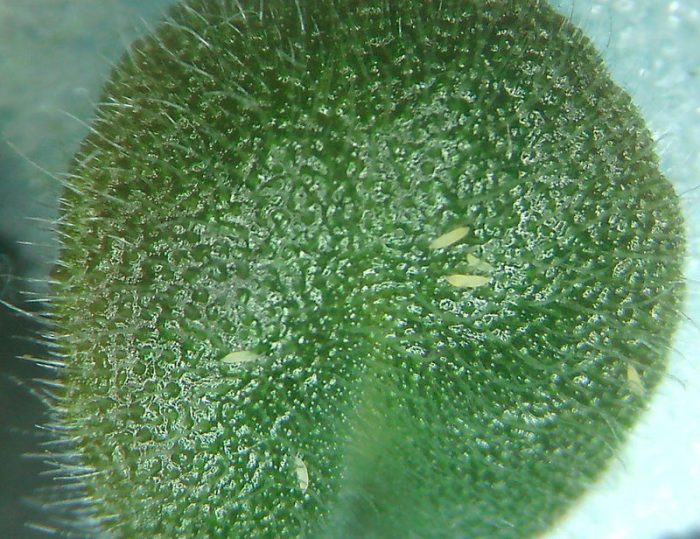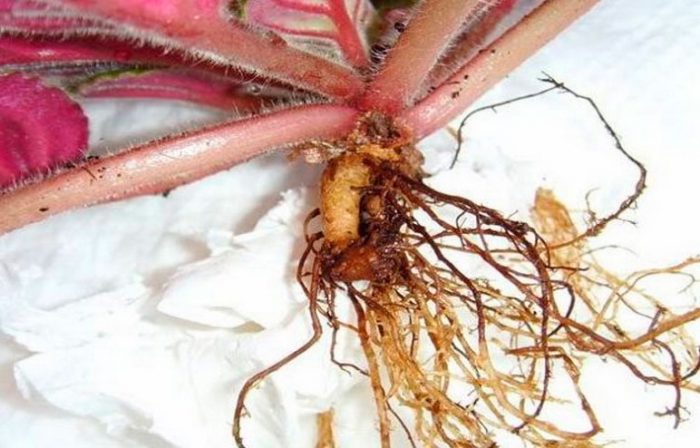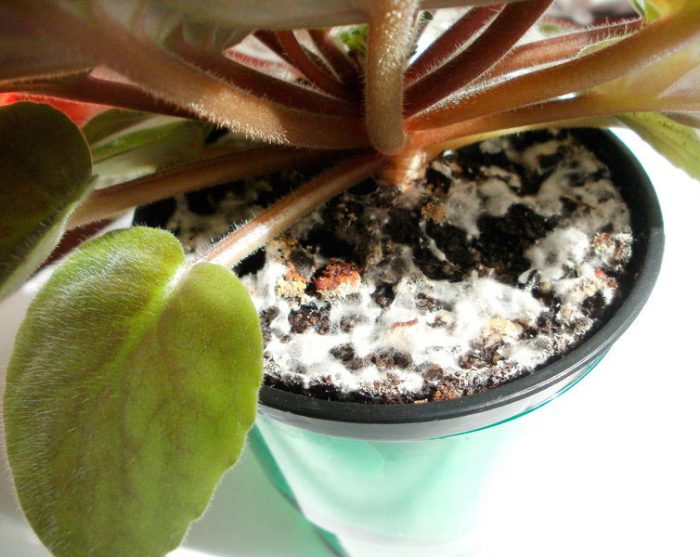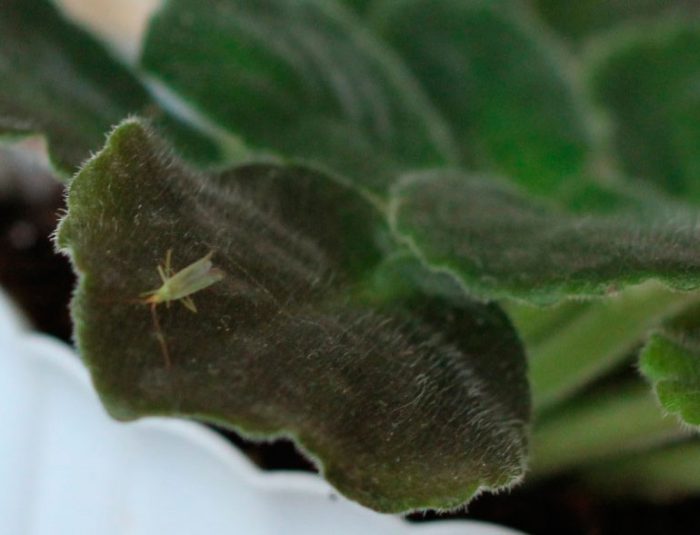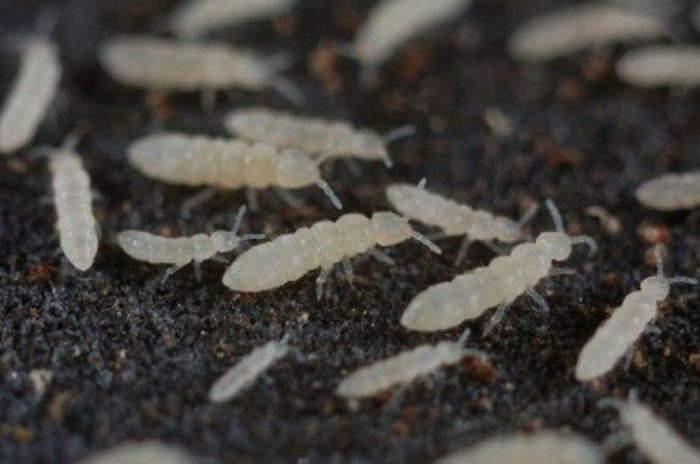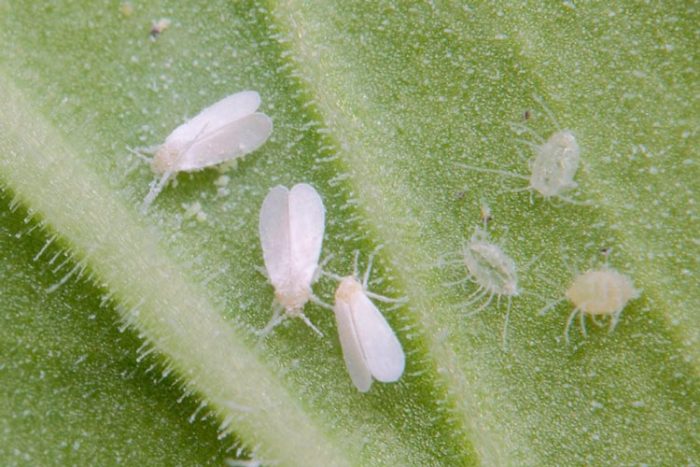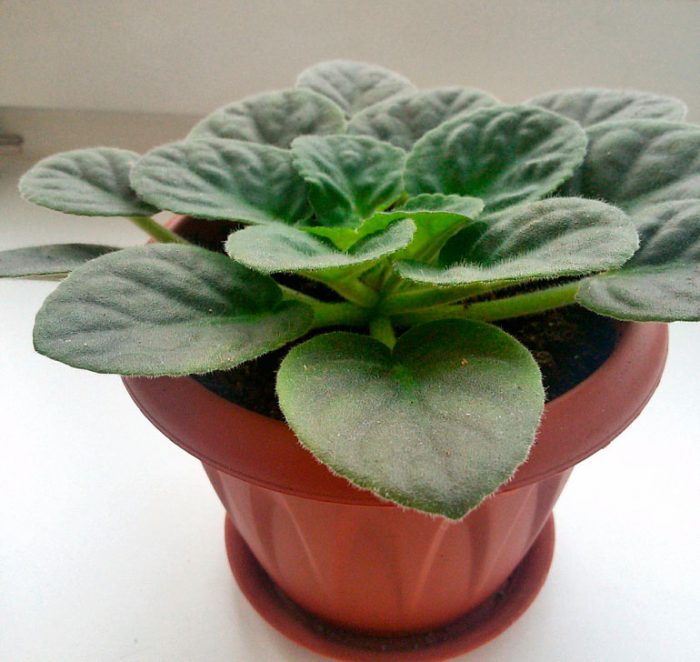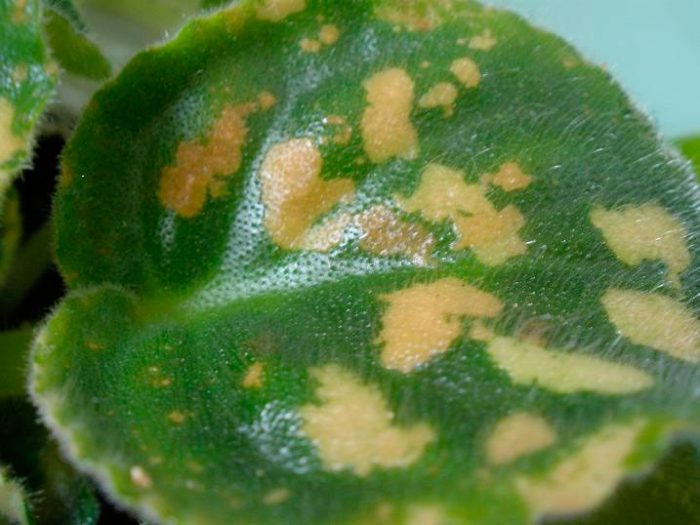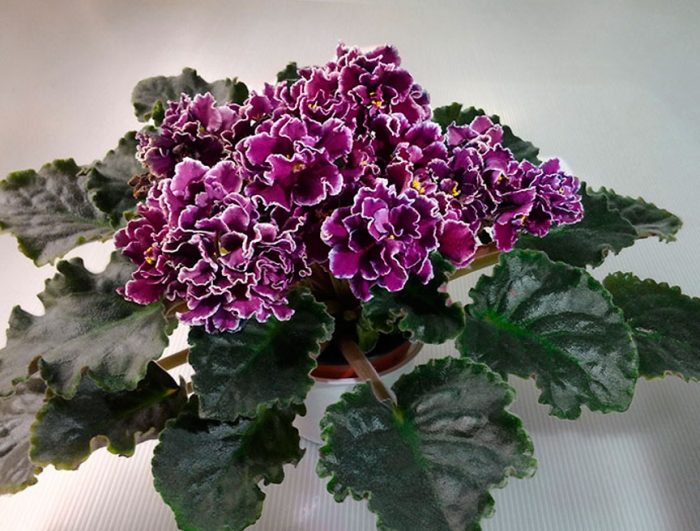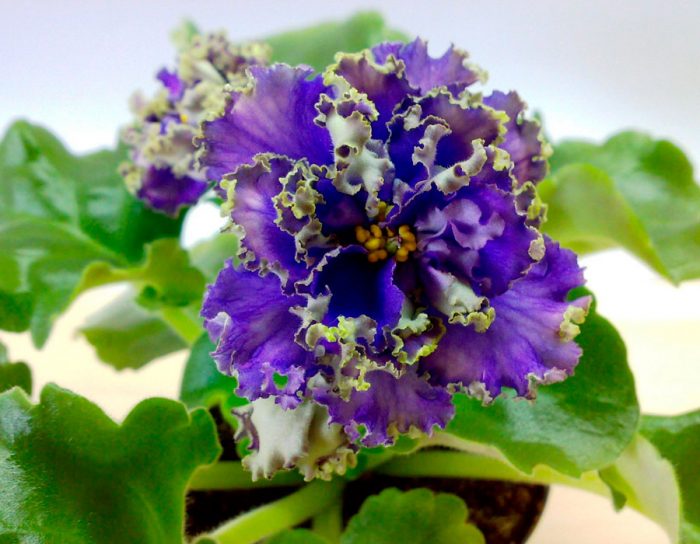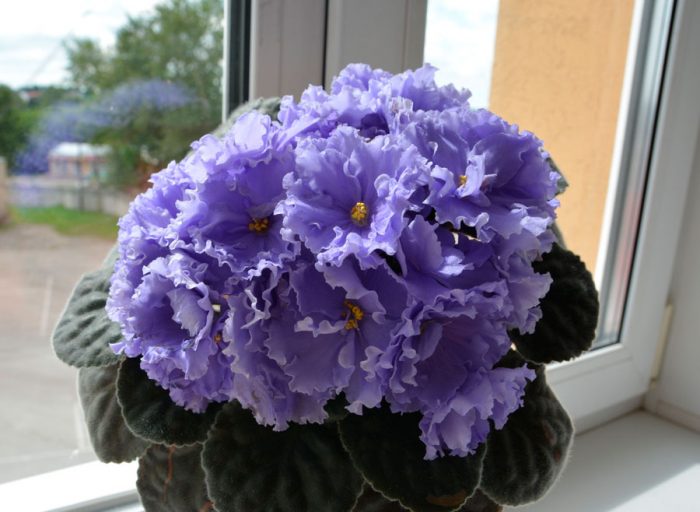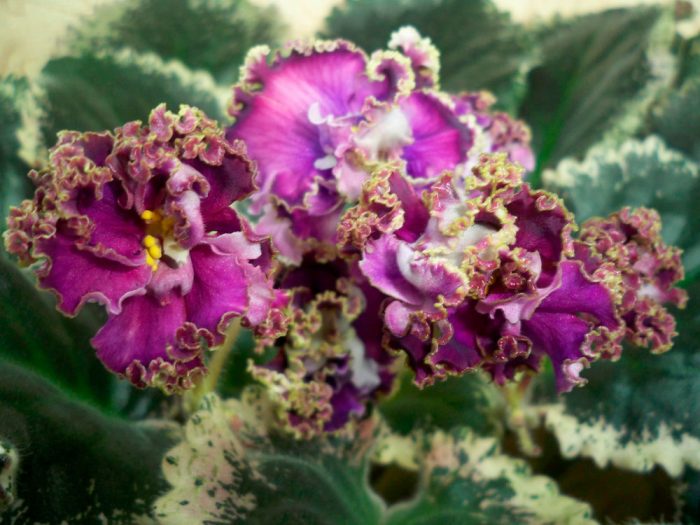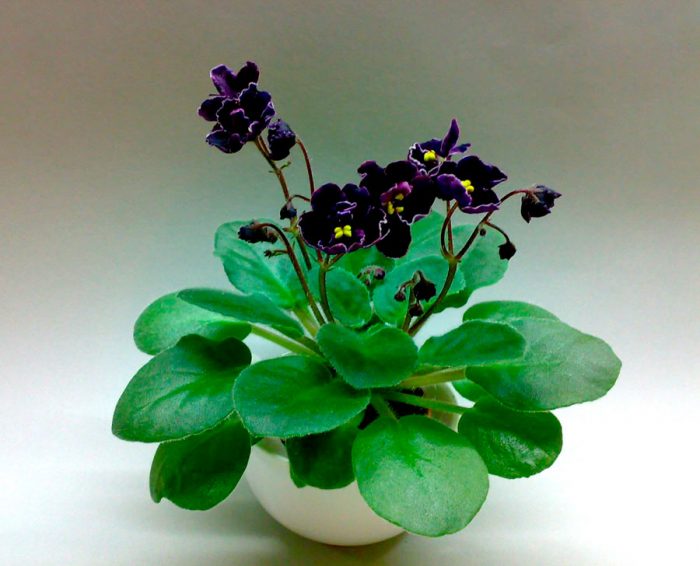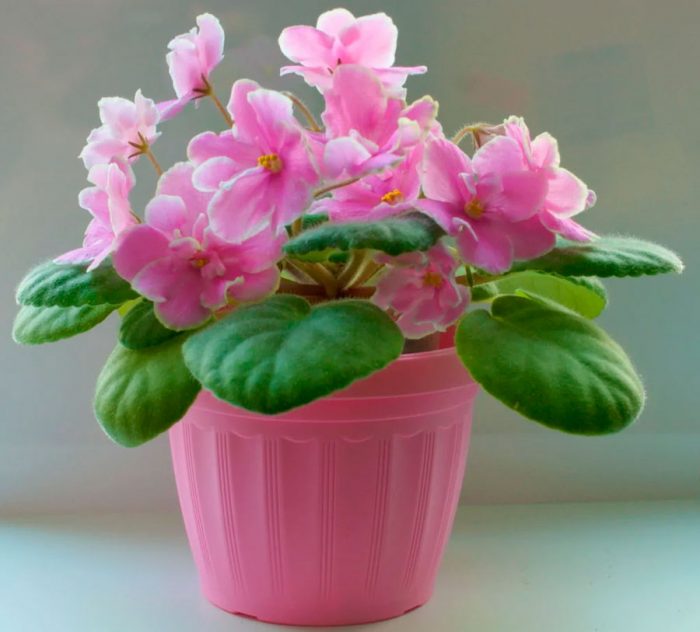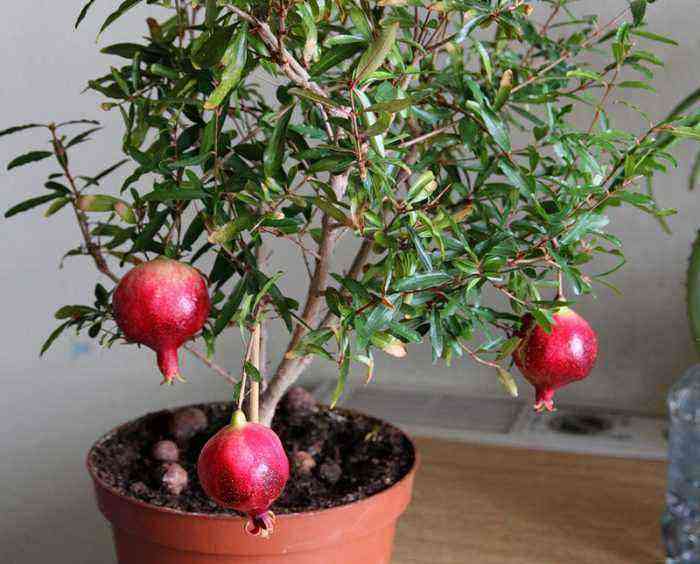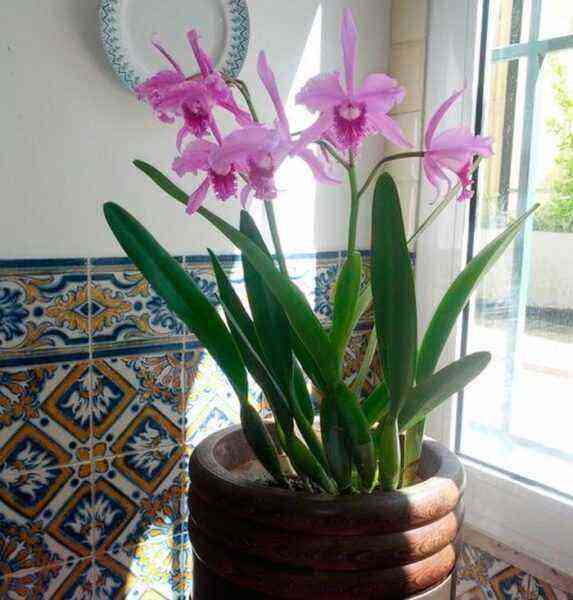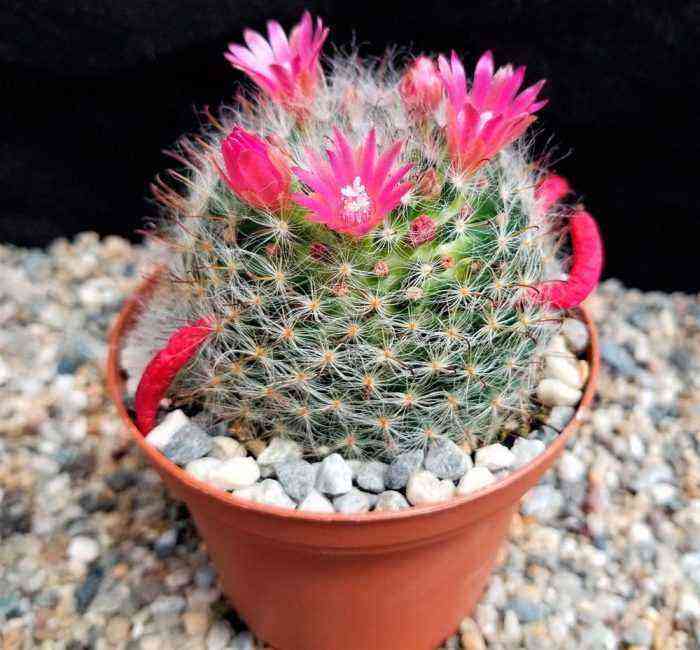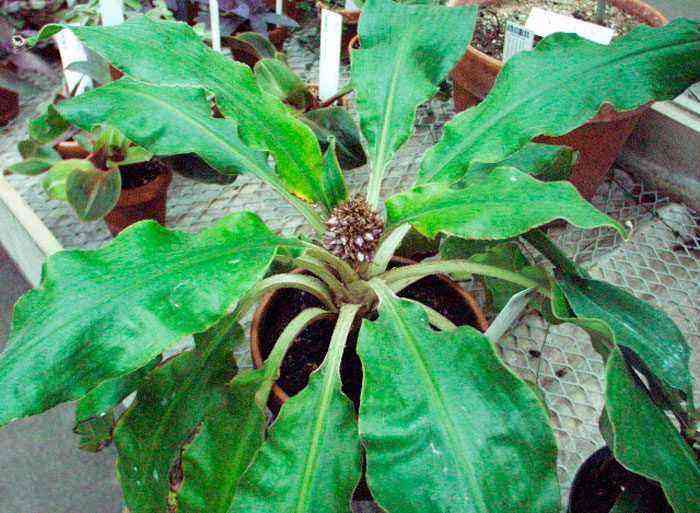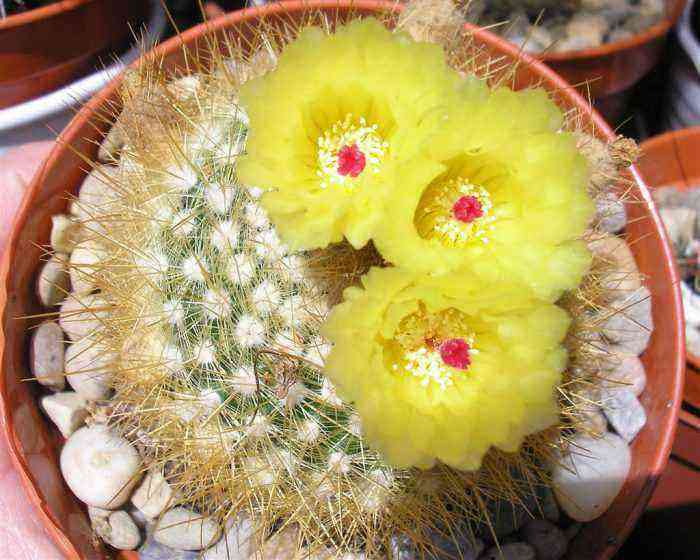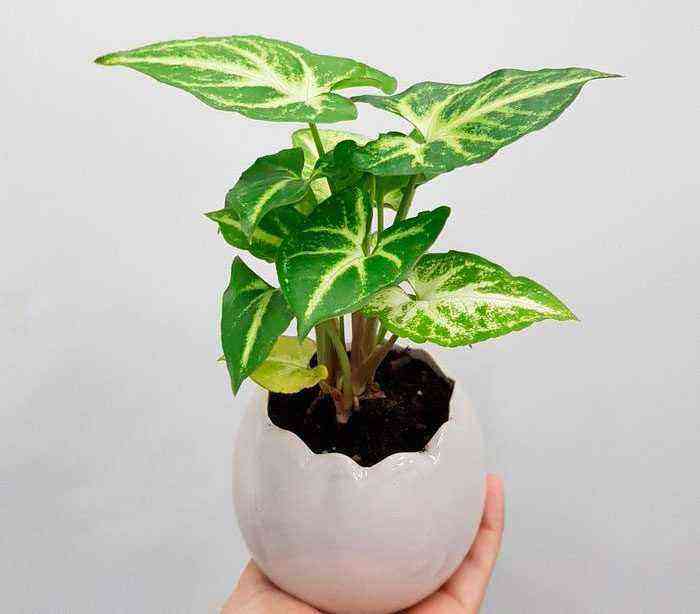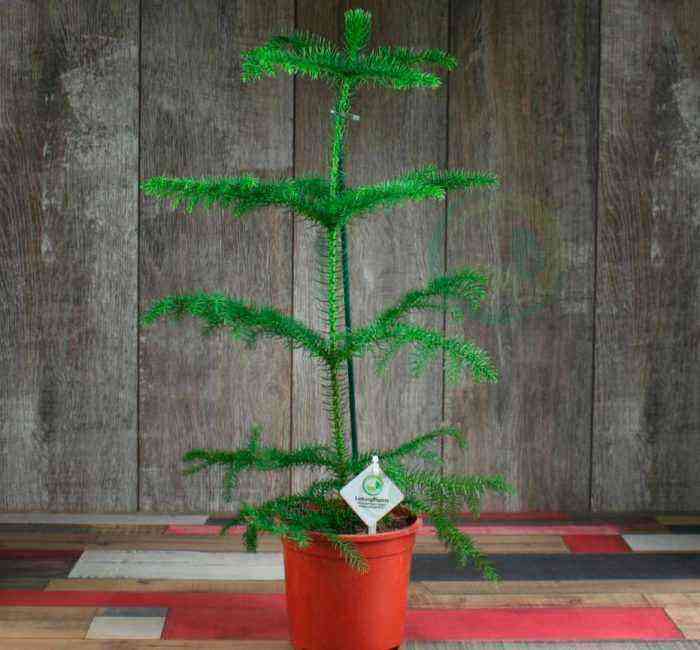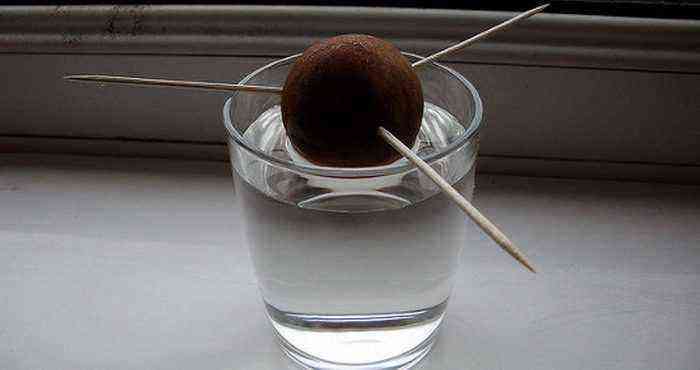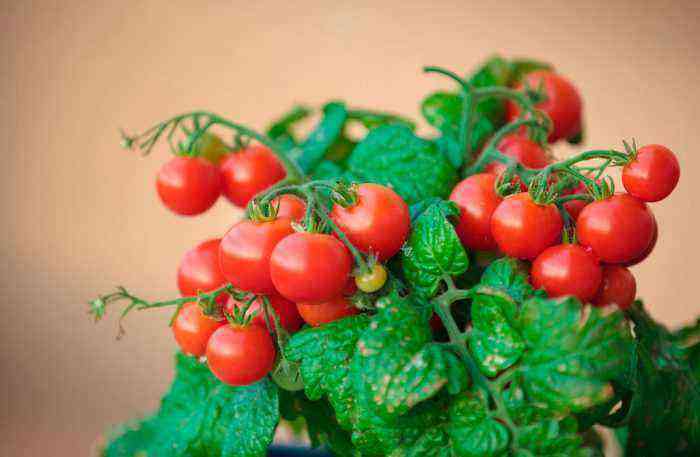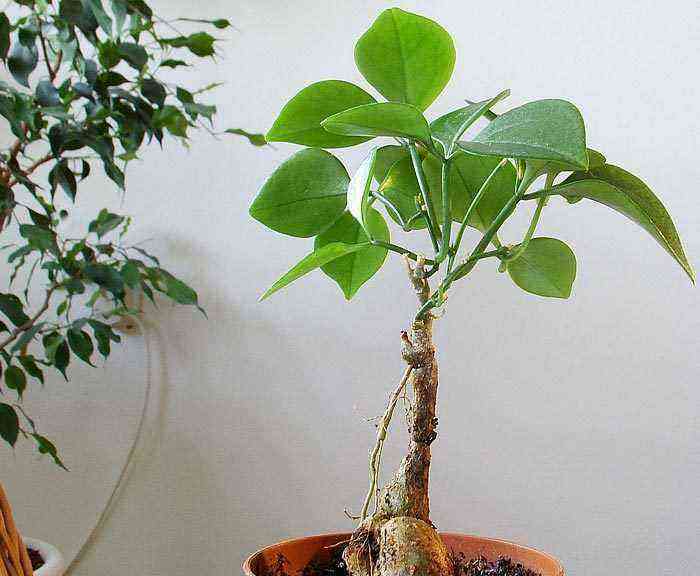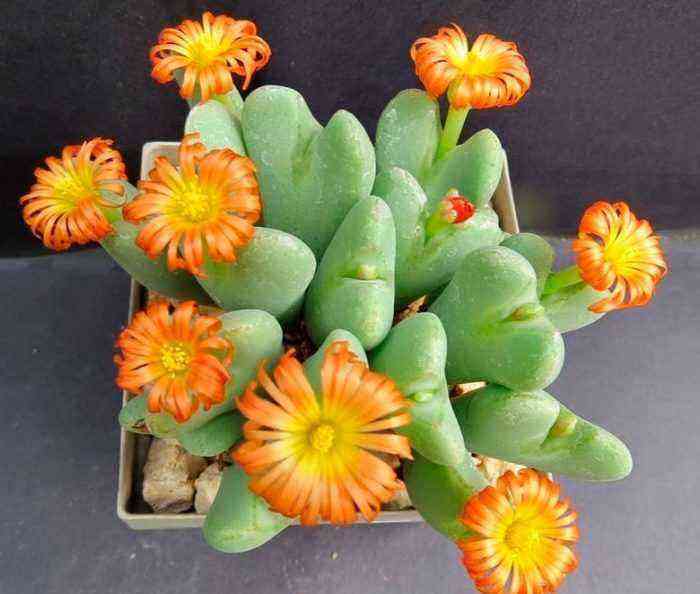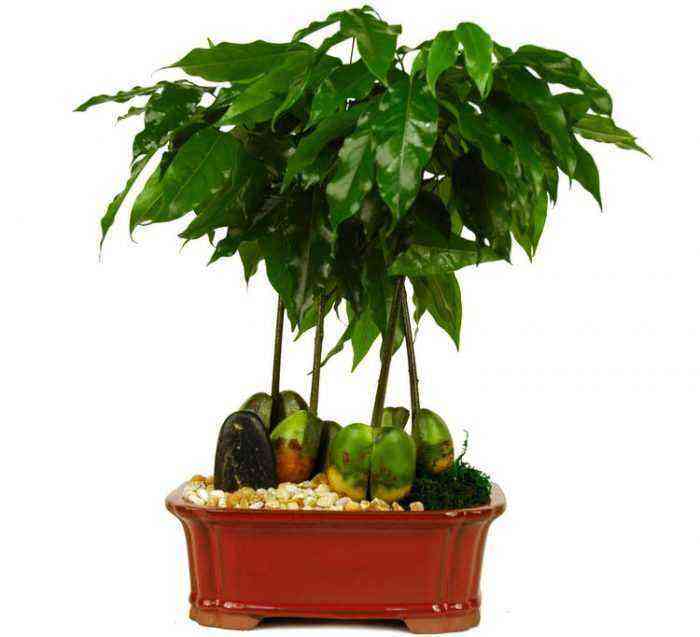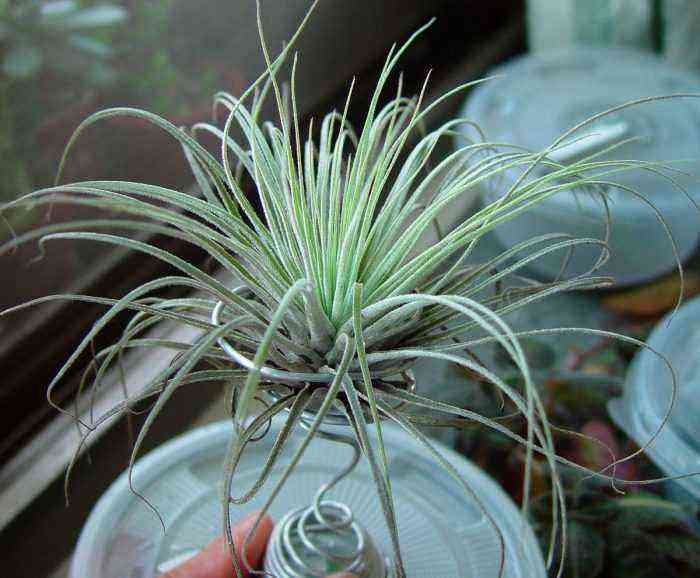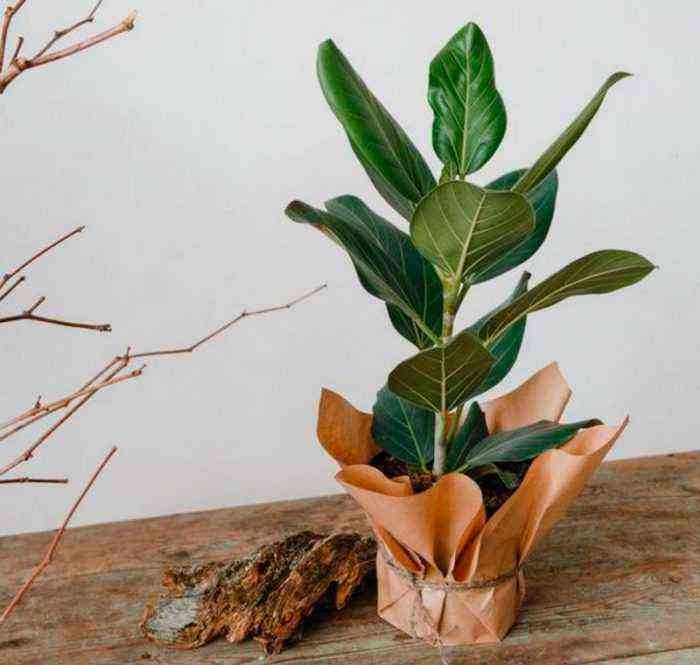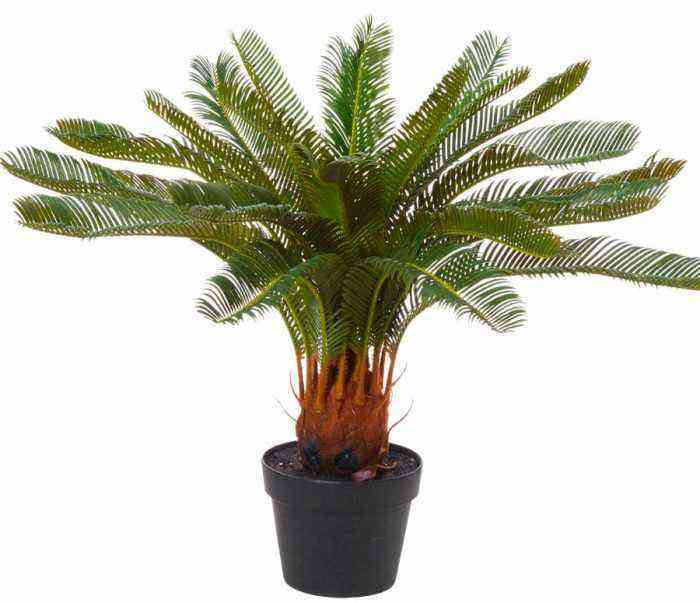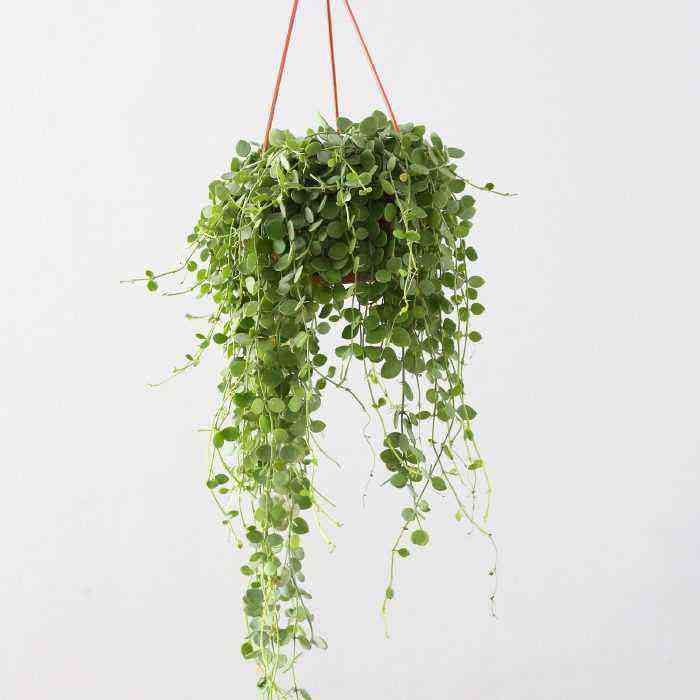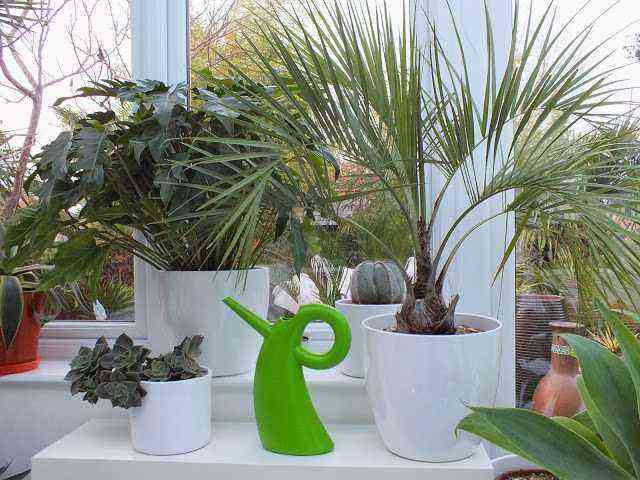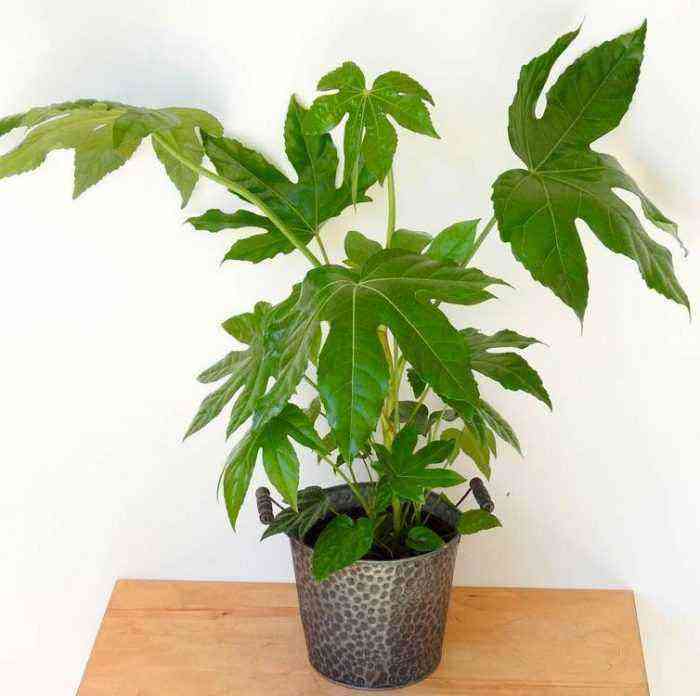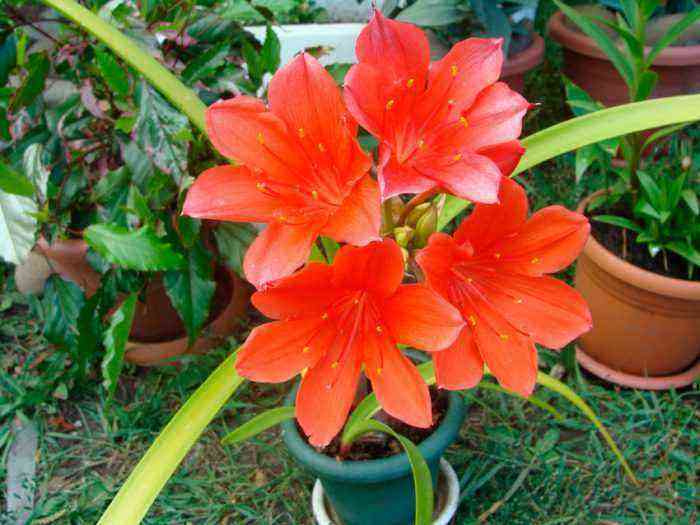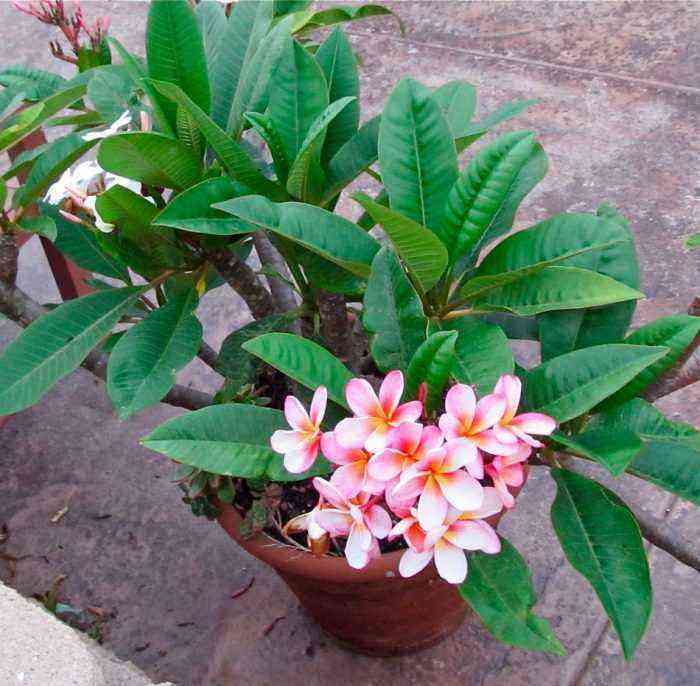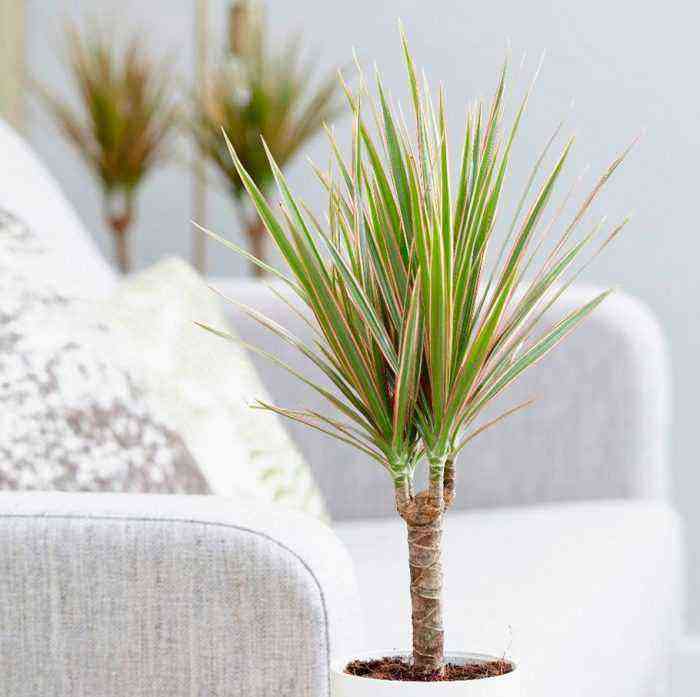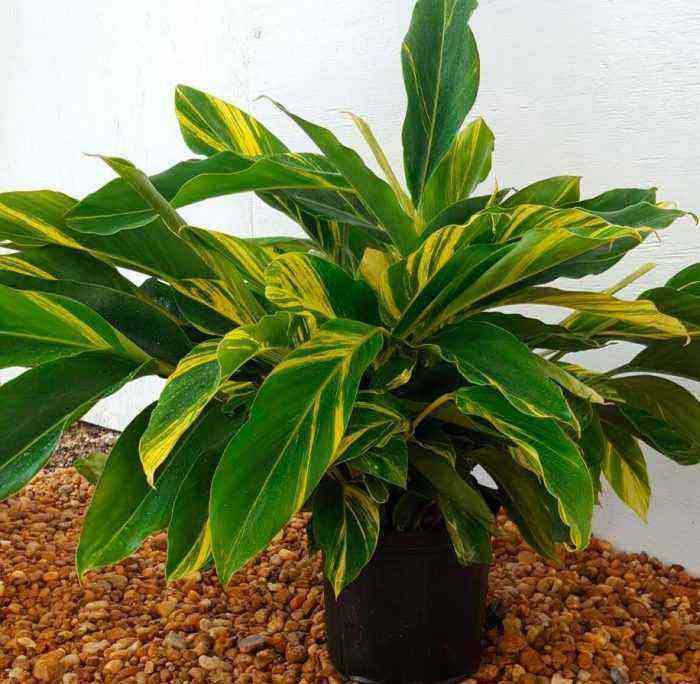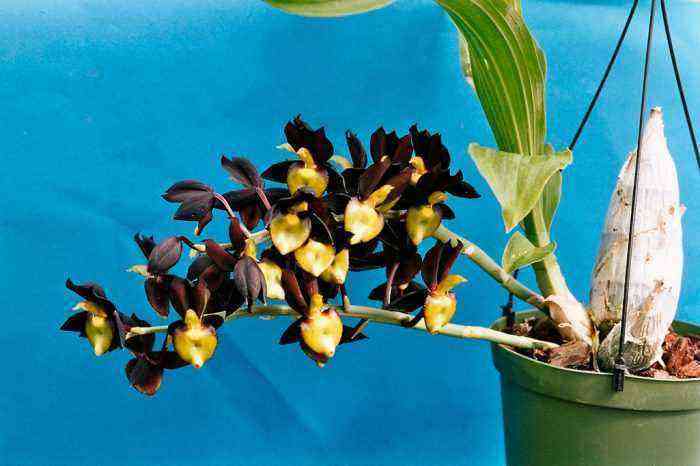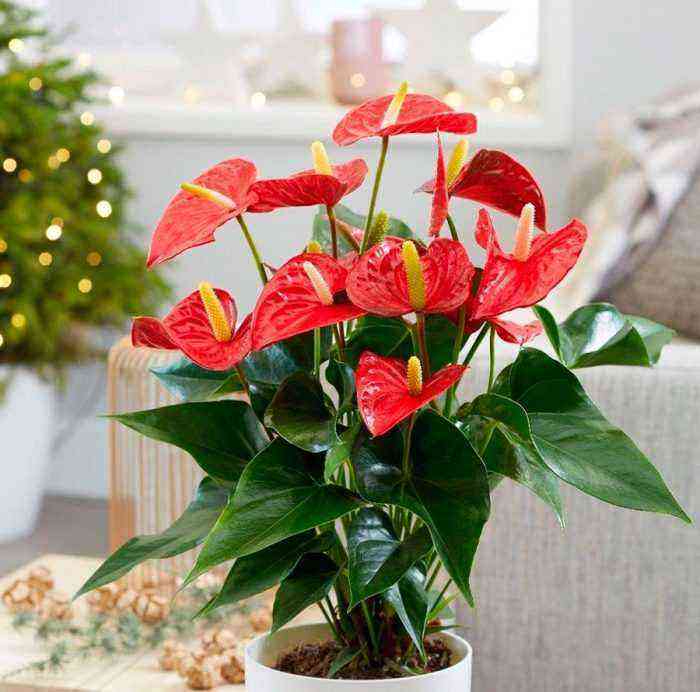The indoor violet plant (Saintpaulia), which is also called the Usambar violet, is a representative of the Gesneriev family. This flowering herb is quite popular in indoor culture. Under natural conditions, the violet can be found in East Africa, or rather, in its mountainous areas (Kenya and Tanzania). At the same time, such a flower prefers to grow near the waterfall and on river terraces. There are about two dozen types of indoor violets.
In 1892, Baron Adalbert Walter Radcliffe le Tane von Saint-Paul, the military commandant of the Usambar district (at that time was part of the German colony), discovered this plant. This district was located where modern Rwanda, Burundi and Tanzania are now located. The violet seed was sent by Saint-Paul to his own father, who at that time was the president of the dendrological society in Germany. And he, in turn, passed it on to the botanist Wendland, who managed to grow an adult plant from seeds, and this happened in 1893. The botanist made a description of the plant and named it violet-flowered Saintpaulia, which he singled out as a separate genus. In the same year, the flower was presented to the general public at a flower exhibition in Ghent, where the right to cultivate it on an industrial scale was bought. The violet was brought to the territory of North America only in 1927. Almost immediately, it became very popular among flower growers. In 1949, there were already more than a hundred varieties of this plant. To date, more than 32 thousand varieties of home violets have been registered. All of them are considered hybrids of Saintpaulia erroneous and violet-flowered.
Brief description of cultivation
- Flowering . Almost all year round.
- Illumination . Needs bright light, and it must be diffused. For violets, a northeast, north and northwest orientation window is suitable. The duration of daylight hours is from 13 to 14 hours.
- Temperature conditions . During intensive growth – from 18 to 24 degrees, in the winter months – no colder than 15 degrees.
- Watering . It is carried out systematically a couple of times a week. At the same time, it is recommended to water the bush every ten days using the bottom watering method.
- Air humidity . It grows normally at the air humidity that is typical for living rooms.
- Fertilizer . The plant is fed only during its intensive growth. To do this, a complex mineral fertilizer for indoor flowering crops is regularly introduced into the soil mixture three times a month. It is recommended to mix the fertilizer with water used for bottom irrigation. Please note that ½ part of the dose from that recommended by the manufacturer is enough for the violet (look on the package).
- The rest period . It is not pronounced. However, in the winter months, the bushes are allowed to rest from time to time.
- Transfer . Change the soil mixture in the container every year. However, it is necessary to change the container to a larger one only when necessary.
- Reproduction . Leafy cuttings, babies and the seed method.
- vermin . Scabbards, thrips, scale insects, wood lice, mosquitoes, spider mites, false scutes, aphids, nematodes, whiteflies and flies.
- disease . Powdery mildew, gray rot, fusarium, rust and late blight.
Violet features
The home violet is a low-growing herbaceous perennial that is evergreen. Its shoots are shortened, and the composition of the root rosette includes fleecy leaf plates of a rounded shape and leathery to the touch. The foliage of the boys ‘bushes has a uniform green color, and the girls’ bushes have a light speck at the base. The base of the foliage is heart-shaped, unequal, while the upper part is rounded or pointed.
In diameter, the flowers reach 20-40 millimeters. They are collected in racemose inflorescences and can be simple five-petal or double fringed, corrugated or star-shaped. Flowers can be painted in almost any color shade, and they can be either two-tone or monochromatic. If the plant receives good care, and the most favorable conditions are created for it, then the flowers will flaunt on it throughout almost the entire year. The fruit is a capsule containing many small seeds.
Among the people, Saintpaulia is better known as home violets. And it was given to her due to the fact that her flowers are very similar to a garden or forest violet. However, saintpaulia and violet are representatives of completely different families. Therefore, pansies or tricolor violet are not related to saintpaulia.
Caring for violets at home
Lighting
Home-grown violets are light-loving plants, but the direct rays of the sun can greatly harm them. In this regard, if possible, it is recommended to place them on a window of north-east, north or north-west orientation. On such a windowsill, the bush will receive a sufficient amount of scattered light.
You can also place the violet on the southern windowsill. However, in this case, the window should be closed half the height with curtains. The plant is not afraid of the sun’s rays, which may fall on it during sunset. However, the flower will need good protection from the scorching rays in the afternoon. The duration of daylight hours should be equal to 13-14 hours. In the winter months, the culture is recommended to additionally illuminate. In this case, the bushes will be covered with flowers even in January and February.
Optimal temperature
The development of violets stops after the room gets colder than 15 degrees. Remember that in the spring-summer period, the room should be at a moderately warm temperature, and in the autumn-winter period, it should be moderately cool. The plant feels best at temperatures from 18 to 24 degrees. It reacts extremely negatively to a sharp change in temperature and a draft, therefore, in the warm season, it is undesirable to transfer a bush to a balcony or garden.
Humidity
For the normal development of Saintpaulia, high humidity is required. Moreover, it can be increased in various ways, except for spraying the bush itself. The fact is that on the surface of its foliage and flowers that are in the light, in no case should droplets of moisture fall, as this may cause sunburn.
Pot selection
When choosing a pot for planting violets, you should pay attention to the fact that its root system is small. Therefore, the container should be quite small. It should also be borne in mind that abundant flowering from a bush can only be expected when its roots completely fill the pot. For planting young bushes, a small container is chosen, reaching from 50 to 60 mm in diameter, and for older specimens, a pot with a diameter of 70 to 90 mm is used. If the bush is very large, then a pot may be needed to plant it, reaching from 11 to 13 centimeters in diameter.
When choosing a planting container, it is recommended to use the following rule: the diameter of the leaf outlet should be 3 times larger than the diameter of the pot. At the same time, remember that such a flower grows much better in a regular plastic container than in a clay pot.
Suitable soil mixture
For the successful cultivation of home violets, you will need a substrate of a certain composition. In a specialized store, you can find ready-made soil mixture for Saintpaulias. But many growers could already be convinced that it is suitable only for some varieties of Saintpaulia. But all varieties of indoor violets will definitely fit a universal flower substrate (for example, “Terra-vita”).
In order to prepare the soil mixture with your own hands, it is recommended to combine 2 parts of humus and sand, 1 part of sod soil and 4 parts of leafy soil. Experienced flower growers advise, add л glass of bone meal and ½ tbsp. To 5 liters of the finished substrate. l. superphosphate.
Whichever soil you choose, remember that it must be well-drained, moisture-absorbing and loose. During planting, do not forget to make a thick drainage layer at the bottom of the container (the thickness is equal to 1/3 of the height of the pot); for this, vermiculite, sphagnum, expanded clay or small pieces of foam are suitable. Thanks to this layer, liquid will not stagnate in the root system. If it is not done, then this can lead to the death of the bush. You can place 1 piece of charcoal on top of the drainage layer.
Planting violets
The surface of the drainage layer is covered with a small amount of soil mixture. After that, a bush is placed in the center of the container. Add fresh soil little by little, and do not forget to shake the container slightly, which will help to avoid the formation of voids. When about 20 mm remains to the upper edge of the pot, the surface of the soil mixture should be slightly compacted, and then the bush is watered.
Watering the violets
A violet growing in room conditions needs systematic moistening of the soil mixture. Experts advise watering such a flower through a tray (bottom watering). To do this, 1 time in 7-10 days, well-settled water is poured into a deep cup, the temperature of which should be slightly higher than room temperature. Dip the container with the plant into it so that the liquid practically reaches the top of the pot, but does not get inside. Wait until the surface of the soil mixture in the container begins to shine with moisture. After that, the flower is taken out of the cup and waited for the excess liquid to drain.
If you water Saintpaulia very often, or use only top watering, then this can cause rot on its root system. Experts advise to moisten the soil mixture only after it is almost completely dry. If you grow at least one Saintpaulia bush with long-stemmed leaf plates, then it will be much easier for you to choose the right watering regime. Just regularly pay attention to the state of the foliage of this bush: if it starts to droop, it means that it is time to moisten the soil mixture in all pots with Saintpaulias.
Additional fertilizing
In order for such a flower to grow and develop within the normal range, it needs systematic feeding. The first feeding is carried out at the very beginning of the growing season. After that, the nutrient mixture is continued to be added to the substrate at intervals of 1 time in 7-10 days. With the onset of the dormant period, any feeding should be stopped. For violets, it is recommended to use a complex mineral fertilizer for flowering crops in liquid form. In this case, only half of the dosage indicated on the package will be enough. Experienced flower growers recommend pouring fertilizer into the water, which is used to water the flower through the tray.
Violet transplant
In order for the bush to be healthy and bloom magnificently, it is required to replace the soil mixture in a pot with a fresh one regularly once a year. In this case, the container is replaced with a larger one not every time, but only if necessary. You can understand that the root system of a flower is cramped in a pot by its appearance: the foliage becomes faded and shallower, and fewer flowers are formed. If you notice such changes, then transplant the bush into a more spacious container, and in diameter it should be only 20 mm larger than the old one.
How to transplant Saintpaulia so that it hurts less and starts growing faster? The best time for a transplant is March. This procedure is carried out very carefully, trying to keep the clod of earth intact. As a rule, flower growers resort to the transshipment method. After transplanting, pay attention to the root collar of the bush, it should be 20-30 mm below the upper edge of the pot. When the flower is placed in a new container, at the bottom of which do not forget to first lay a layer of drainage, you just have to fill all the voids with a new earthen mixture. To do this, it is recommended to periodically shake the pot a little. The transplanted flower needs mandatory watering.
Cutting and shaping a leaf outlet
Saintpaulia should have 3 tiers of leaf plates. The foliage below can, if desired, be removed along with the petioles, especially if the plates have lost their bright color or have died out. You also need to periodically inspect the bush and cut off all yellow or deformed leaf plates, as well as flowers that have begun to fade. In this case, the bush will always look neat and effective.
In order for the foliage in the outlet to be evenly placed, the container with the flower must be periodically rotated slightly around its axis. If the lower leaf plates were torn off, then after a while the plant has an outcrop of the stem. Moreover, the older the bush, the more noticeable its trunk, and this can greatly spoil the appearance of the violet. There are a couple of ways you can fix this situation:
- Transplant the bush, while its stem should be buried in the soil mixture.
- Cut off the leaf rosette, and the length of the remaining stem should be about 20 mm. The cut-off outlet for rooting is placed in a small container with water, and only a penny should be lowered into the liquid. When roots are formed on it, the outlet is planted in a new soil mixture.
Hygiene of violets
When caring for Saintpaulias, you need to remember the rules of hygiene. In nature, such a plant is periodically washed by rainwater and dried by a warm wind. Therefore, there it grows and develops beautifully, and can reach a height of about 0.3 meters.
Many flower growers do not know if it is possible to arrange a Saintpaulia shower and moisten it from a spray bottle? Experts say that you can spray and wash this plant under a warm shower. After dirt and dust accumulate on the surface of the leaf plates, the bush is placed in a bath and poured on top with slightly warm water (the pressure should be weak). Then the flower is left in a dark place until its foliage is completely dry. Only then can it be put in its usual place. Otherwise, as a result of the sun’s rays on wet foliage, burns are formed on its surface, which are light specks.
Reproduction of violets
To propagate home violets, flower growers use several methods: children, seeds and leafy cuttings. Moreover, the most popular are vegetative breeding methods.
How to propagate by children
In some cases, several daughter outlets (babies) may form on an adult bush. After these rosettes grow up and get stronger, they feel an acute shortage of space in the same pot with the parent plant. As a result, Saintpaulia looks lethargic and weak. In this case, plant the flower as soon as possible. It is removed from the pot and the daughter sockets are very carefully disconnected from it, which are then planted in small individual containers. If the bush is strong and completely healthy, then it can be transplanted even during the flowering period.
Violet propagation by leaf
Propagating saintpaulia with leaf cuttings is quite simple. Carefully cut a sturdy, well-formed leaf blade from the second tier of the rosette along with the petiole. Take a glass of water and immerse the petiole in it. After a while, roots should appear on it. Please note that the petiole should be approximately 40 mm long, while in semi-miniature and miniature varieties – at least 15 mm.
However, most flower growers do not root the leaf cutting in water, but in the substrate. To do this, take a small pot with holes for drainage, while a drainage layer must be placed on the bottom. The pot is filled with a loose soil mixture, which includes leafy soil, coarse sand and peat (2: 4: 1). To maintain the microclimate necessary for rooting, the cutting is covered from above with a transparent cap, for example, a cut off plastic bottle. It is transferred to a well-lit and warm place, while the direct rays of the sun should not fall on it. Moisten the soil systematically with a little water, but make sure that the liquid does not stagnate in it. It can take a long time to root. Often, the leaf plate curls, withers and dies off, but experienced florists recommend wait a little longer and do not rush to throw it away. The fact is that a new violet forms at the very bottom of the petiole, in this regard, you just have to be patient. After new leaf plates appear on the surface of the substrate, the old one is carefully cut off. If the parent leaf blade is in good condition, then you can try to re-root it by planting it in fresh substrate. Several new bushes can form from one leaf cuttings at once. When they grow up a little and get stronger, they are taken out of the pot, separated and seated in individual containers. If the parent leaf blade is in good condition, then you can try to re-root it by planting it in fresh substrate. Several new bushes can form from one leaf cuttings at once. When they grow up a little and get stronger, they are taken out of the pot, separated and seated in individual containers. If the parent leaf blade is in good condition, then you can try to re-root it by planting it in fresh substrate. Several new bushes can form from one leaf cuttings at once. When they grow up a little and get stronger, they are taken out of the pot, separated and seated in individual containers.
The method of rooting in the substrate is bad in that the grower cannot determine whether roots have appeared or not. However, cuttings in the substrate take root faster than in water, and success is guaranteed in almost 100% of cases.
Pests and diseases of violets
Species Saintpaulias have a fairly high resistance to pests and diseases. However, the varieties and hybrids obtained as a result of the labors of breeders can cause a lot of trouble for the grower.
Diseases of violets with photos
Most often, such a plant is affected by powdery mildew, gray rot, fusarium, rust and late blight.
Mučnistaâ rose
If a whitish bloom has formed on the surface of the leaf plates and petioles, as well as peduncles, then this indicates the defeat of the plant with powdery mildew. There may be several reasons for the appearance of the disease, namely: poor lighting, excessively high humidity in a cool room, a lack of phosphorus and potassium against the background of an excess of nitrogen, severe contamination of leaf plates. To cure a sick bush, it should be treated with Bentlan or Fundazol. If the plant is very badly affected, then it will need to be re-treated after a week and a half.
Phytophthorosis
Under certain conditions, a fungal infection can get into the cracks or wounds located on the roots of Saintpaulia, which causes the development of late blight. In a diseased plant, the root collar begins to rot, while brown specks form on the surface of the leaf plates. The most susceptible to this disease are those plants that are improperly looked after. Late blight is very dangerous, because an effective means of combating it has not yet been invented. Therefore, it will not be possible to cure a sick bush. It should be burned as soon as possible, while the remaining pot is thoroughly disinfected. In order to prevent the disease, it is recommended to regularly add superphosphate to the substrate, and also to ensure that the humidity in the room is not excessively high.
Gray rot, or botrytis
When a grayish-brown mold appears on the surface of the aerial part of the bush, it can be said that it is affected by botrytis (gray rot). The disease is characterized by rapid development, as a result, the flower dies. All darkened parts should be cut out, and then the bush should be treated with a fungicidal preparation. The dead violet is thrown out together with the soil mixture. You should know that a sharp change in temperature, a draft or stagnation of fluid in the roots can provoke the development of Botrytis.
Fusarium, or rotting of the outlet
When the plant is affected by Fusarium, the leaf rosette begins to rot. Its development can be triggered by watering with cold water, waterlogging of the substrate, an unsuitable soil mixture (too heavy), sudden changes in temperature, or an excessively large pot. In a sick violet, the leaf petioles become brown, the foliage flies, darkening of the roots is also observed, while they can be easily pulled out of the substrate. As soon as a sick bush is noticed, all the affected parts are cut out from it, and then they are treated with a solution of a fungicidal preparation.
Rust
If rusty-brown pads appear on the seamy surface of the leaf plates, and orange-yellow bumps on the front surface, then this means that the bush is affected by rust. As the disease progresses, dying off and shedding of leaf plates is observed. To get rid of the fungus, the bush should be sprayed with a solution of Bordeaux mixture (1%) or another fungicidal agent. Saintpaulia can also be powdered with sulfur dust.
In order to prevent the defeat of the plant by fungal diseases, experts advise that 1 time in a couple of months to carry out treatment with a solution of Fundazol.
Pests of violets with a photo
This plant can accommodate such pests as: scale insects, aphids, nematodes, whiteflies, flies, spider mites, false scales, thrips, scale insects, wood lice and mosquitoes.
pliers
If a tick settles on Saintpaulia, then on its foliage you can find sunken brown specks, as if someone poked the plate with a blunt needle. Different types of ticks can settle on this flower: cyclamen, spiderweb or flat. All of them suck the plant sap from the flower, which makes it sluggish and weak. You can get rid of such a pest with the help of an acaricidal drug, for example: Fitoverm, Aktellik or Akarin. Moreover, with the first two means, you need not only to spray the plant, but also to shed the soil mixture in the container. Remember that acaricidal drugs are dangerous to humans. Therefore, the treatment should be carried out outdoors or on the balcony, while wearing glasses, gloves and a mask.
Shields and Falsills
False shields and scale insects most often harm varieties of violets with smooth foliage. Sticky droplets of secretions on the surface of leaves are the first sign of their presence. Carefully inspect the bush and if you find at least one adult individual, you will need to process it all with Agravertine.
TRIPS
Most often, thrips are brought along with plants from the garden, bouquets of flowers, and they can also get into the house along with poplar fluff. This pest multiplies very quickly, and it also easily moves to nearby flowers. It damages foliage, on which specks of black or brown tint remain. And thrips also damage the stamens, and on the flowers you can see bites of a silvery color. In a diseased plant, all peduncles are cut off, and it is sprayed with a solution of Aktellik, Fitoverm or Aktara.
Nematodes
The saintpaulia root system can be affected by nematodes, which are very small worms that live in the substrate. They feed on the sap of the plant, and in the process of their life they release toxins. In the affected bush, galls can be found on the root system, which are bulges, similar in shape to beads. Leaf nematodes are also sometimes found, which harm the buds and foliage of violets. At first, specks of light color form on the leaf plates, over time they become darker and rot appears. A bush affected by a leaf nematode is very similar to one that is sick with gray rot. The only difference is the absence of mold. You will have to get rid of the diseased plant, since the nematodes cannot be destroyed. If you wish, you can try to save the Saintpaulia. To do this, find a completely healthy leaf blade and root it.
CEREBRAMS
Most often, insects settle on young peduncles, and also in leaf sinuses and folds. In the areas of flower bites by the pest, tissue deformation is observed, and their color changes to brown or pale red. The root system of the plant can be damaged by soil bugs, which are not easy to detect. You can see them during transplanting a bush: firstly, the substrate will have a mushroom sour smell, and secondly, you can see females covered with white bloom from above. Outwardly, they look like a small piece of cotton wool or fluff. To get rid of pests that have settled on the aerial part of the plant, it should be treated twice with a solution of Fitoverm or Actellik. Soil bugs are destroyed by spilling the substrate with Reget, Mospilan or Dantol. It is required to carry out 3 such treatments with a break of one and a half weeks.
aphid
Aphids suck sap from buds, stalks and flowers of Saintpaulia. Because of this, deformation of the petals occurs, which negatively affects the decorativeness of the plant. If there are a lot of pests, then a sticky liquid will appear on the peduncles and foliage (aphid secretions). A sooty fungus settles on it, as a result, the flower is covered with a bloom of black. To destroy the pest, you can spray the bush twice or three times with Actellik’s solution (1 milligram for 1 liter of water).
Woodlice
An excessively moist substrate that never dries out can provoke the appearance of wood lice. Outwardly, they are similar to small turtles, while their length is about 15 mm. The pest injures the foliage and root system, and a secondary infection can join the plant. To quickly destroy wood lice, treat the soil and plant with an acaricidal agent, for example, Aktellik or Fitoverm.
Males and mosquitoes
With regular stagnation of fluid in the substrate, mosquitoes and flies settle. Adults do not harm the plant, but their larvae are a great danger. They injure the root system and destroy the soil mixture. As a result, the substrate becomes denser and the roots do not receive the required amount of air. For young bushes, this pest is the most dangerous. Over time, the affected bush forms rot on the shoots and root system. You can get rid of flies and mosquitoes by spilling the substrate with Karbofos by treating the edge of the pot with a special chalk from cockroaches. And also the crayon can be crushed and covered with a thin layer of the surface of the soil mixture. Adult pests are disposed of with the help of Dichlorvos or Reid.
Legs, or suckers
Due to excessive dampness, podura (springtails) can also settle on the flower. If there are a lot of pests, they can injure the root system of the violet. You can get rid of them by spilling the soil mixture with Feverfew, as well as adjusting the irrigation regime.
Whitewoods
Small white butterflies on a violet are whiteflies. They leave their sticky waste products on the foliage, on which the sooty fungus prefers to settle. As a result, the surface of the leaf plates first turns white and then black. In the affected flower, stem growth stops. You can exterminate the pest with an acaricidal preparation mixed with a systemic insecticide. This will require at least two treatments.
Violet does not bloom
A fairly common problem in growing Saintpaulia is the lack of flowering. This may be due to the following reasons:
- with poor lighting;
- too short daylight hours;
- there is a lot of nitrogen in the soil mixture;
- dry air (optimum humidity is about 50 percent);
- improper watering;
- the substrate is very dense and heavy;
- overly large pot;
- the plant is affected by disease or pests.
Violet turns yellow
Older foliage can naturally turn yellow over time. It is recommended to cut it off together with the petioles. And if the foliage is still turning yellow, then this may be due to: complete drying out of the earthy coma, exposure to direct sunlight or excessively high air temperature. Water the bush and be sure to shade it from the sun, if desired, the glass can be covered with a special sunscreen film. If possible, move the cout to a more suitable window: northwest, north or northeast. Remember that the pH of the substrate should be between 5.5 and 6.5. And also that the flower needs not only phosphorus, but also nitrogen, in order for its foliage to be green.
If not only the leaves turn yellow, but the base of the stem turns brown and softens, this means that the room is too cold, and the liquid is systematically stagnating in the substrate.
Stains on violets
If the spots on the leaves are yellowish, then thrips have settled on the bush. If, under a magnifying glass, you see black dots on the plate, then these are spores of a pathogenic fungus. The sooty fungus is a black coating. When sunburn occurs, round brownish specks form on flowers and foliage. Due to the draft, very small beige-gray spots appear on the leaves, in the form of stripes, blots and curls. If dark spots appear on the edge of the old foliage, this indicates a lack of potassium and the need to urgently replace the substrate. Whitish bloom and specks – powdery mildew. When affected by gray rot, specks of a dark color appear covered with gray pubescence. And due to rust, spots of a dark red hue are formed.
Types and varieties of violets
The American classification of home violets is quite complicated, but you can still figure it out. Saintpaulia varieties are divided according to the following criteria:
- The size of the socket : micromini mM (socket about 60 mm in diameter), mini M (socket – 10-15 centimeters), midi SM, or half-mini (socket – 15-20 centimeters), standard S (socket – 20-40 centimeters), large standard L (socket – from 0.4 to 0.6 meters). In a separate category, ampel violets or trailer violets are distinguished.
- Foliage type : round, elongated heart-shaped, oval, kidney-shaped, oval-elongated long-petiolate, toothed, whole-edged, corrugated or wavy. In addition, a leaf plate with a speck at the base is called “girl”, and without it – “fight”. The foliage also differs in its surface – smooth, densely or slightly pubescent, quilted, spoon-shaped, variegated or monochromatic.
- Foliage color . Its front surface can be of various shades of green, it is also almost black, greenish-gray, dark brown, olive, greenish with pink specks, and also with white streaks or specks. And the seamy surface is pale pink, lilac with specks of a purple hue, green with lilac specks, greenish, almost white or dark purple.
- The type of flowers . They can be classic – like a tricolor viola; star-shaped – consist of five petals of the same size; bell-shaped – petals are located in 1-2 rows; a wasp is rare – the petals of the upper lip are curled up, and the lower lip is wide; spider – long petals are bent as if they wrap around a ball. Any of the types of flowers can be double, semi-double or simple. However, bell-shaped ones are only semi-double and simple. Also, flowers are distinguished by the edge of the petals, which can be rounded, torn, corrugated, pointed or even.
- Flower color… It can be monochromatic, two-tone (1 color, but 2 shades), multi-color or two-color. A multicolor, two-tone and two-tone color is fancy – with dots, spots, specks and rays of different colors, and also fringed – on the petals there is one or two edging of the same or different color of different width. There is a finger two-color color – on the petal there are oval or rounded specks of a contrasting shade. For the entire color range of violet flowers, there are special letter designations: C (Multicolor) – painted in different colors; B (Blue) – blue or light blue; P (Pink, Rose) – dark or deep pink; R (Red, Mahagon, Plum, Burgundy) – chestnut red, cherry, red and plum; O (Orchid, Mauve, Levender) – lavender, light and mauve, orchid; V (Violet, Purple) – purple or violet; X (Bicolor) – painted in 2 colors; W (White, Creamy, Blash) – slightly pink, creamy or white; Y – yellow-white. Relatively recently, Saintpaulias of the following color have appeared: beige, fawn, orange, indigo, salmon, ash, gray, terracotta, electric and fuchsia.
- Number of petals . Flowers are single (simple) of 5 or 6 petals, double and semi-double, in the middle of which there is a pair of wrinkled scallop petals.
Popular varieties of violets with photos
Caprice
Double white flowers have a green fringe along the edge of the petals. The foliage is wavy and feathery.
Male
Large semi-double purple-burgundy flowers are decorated with a white edging, located on a wavy edge. Egg-shaped simple green foliage.
Your majesty
Dense pink flowers with a wavy edge. The foliage is rich green.
Water
Double blue flowers close to the edge of the petals change their color to pink. The edge of the petals is fringed with a greenish-bronze edging. Greenish wavy foliage.
Sea Wolf
Very large semi-double flowers reach up to 80 mm in diameter. The wavy petals painted in a blue shade stand out with a thin mesh pattern. The foliage is dark green.
Tomahawk
The lush-flowering variety is decorated with classic flowers of a deep red hue. The foliage is dark green in color.
The Paris Mysteries
Terry large flowers are painted in a dark black-lilac shade, on the surface of all petals there is an iridescent mesh pattern of amethyst-red color. The middle petals are joined together to form a tight little ball. At the petals, a greenish-white ruff runs along the fringed edge. Variegated scalloped leaf plates are colored white and green.
Crop
A double flower of a dark blue hue has petals collected in a head of cabbage. They have a twisted ruff on the edge of a rich green shade. The foliage is wavy green.
Max Black Pearl
The flowers are velvety black with a purple tint. Leaves are semi-miniature and compact.
There are no varieties with yellow and green flowers yet. However, there are varieties with a yellowish tinge or a pattern on the foliage – Majesty, Sunkist Rose, Lemon Kissies and Warm Sunrise. There are varieties with greenery, it is they who are called green: Silverglade Apples, Frozen in Time, Bakkai Irish Lace, Irish Cream, Spring Rose, Green Lace, etc.
Signs associated with violets
Since the home violet is incredibly popular in room culture, there are many superstitions associated with it. For example, this flower is “muzhegon”. A married woman raising Saintpaulia runs the risk of losing her spouse, and an unmarried woman will be alone all her life. However, this superstition is not supported by anything, and many women who have a violet at home are happily married.
Also, many superstitious people believe that Saintpaulia is an energy vampire. It is by no means recommended to put it in the bedroom, as it will make you sleepy and overwhelmed. Like any other plant, in the daytime, saintpaulia produces oxygen, and at night it absorbs it. That is why you cannot keep a lot of plants in the bedroom.
According to astrologers, Saintpaulias have absorbed the energy of the Moon and Taurus, so they create comfort in the home, calm a person and lift their spirits. They also have the power of a talisman, attracting stability, prosperity and harmony to the house. They also make a person wiser, more resilient, and also inspire new achievements.
